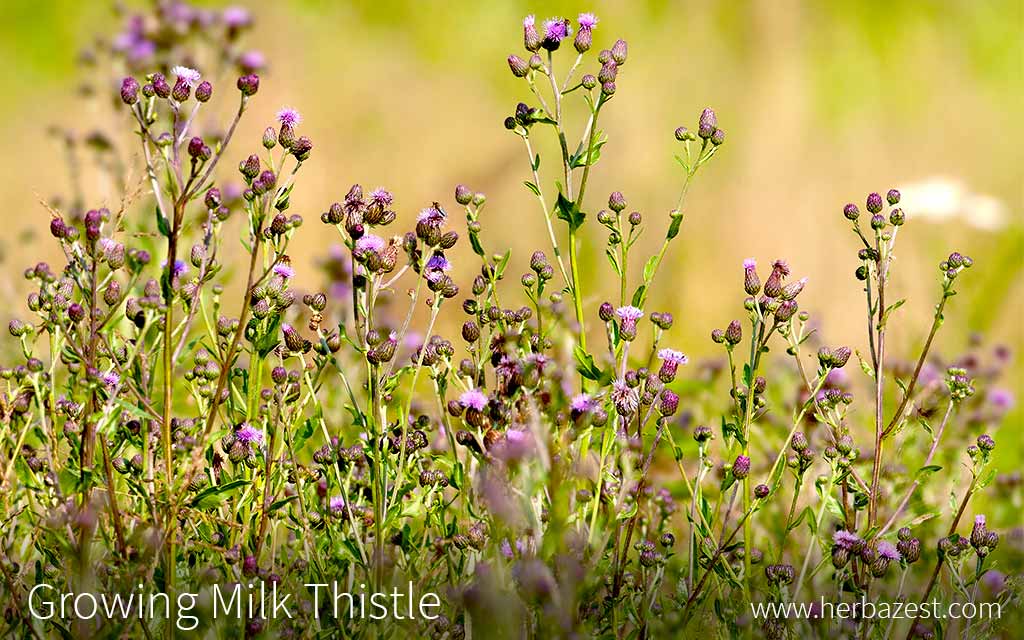How To Grow And Care For A Buckthorn Plant
Sea buckthorn, also known as Sea berries, is a nutrient-rich fruit, which grows on deciduous shrubs native to Europe and Asia, and it's gaining popularity for its health benefits. In this article, we'll provide you with all the necessary information on how to grow Sea Buckthorn, along with crucial details on plant attributes, care instructions, pruning techniques, propagation, potting and repotting, and more. Plant Attributes Sea Buckthorn is a deciduous shrub that belongs to the Elaeagnaceae family. It can grow up to five meters in height and spread up to six meters in width. The shrub has a thorny appearance, and it's covered with silvery foliage. It produces berries, which are small, and orange in color. The fruit is nutritious, and it contains a range of vital vitamins and minerals, including vitamin C, E, K, and omega fatty acids. Plant Care Sea Buckthorn prefers a well-draining soil with a pH range of 6.0-7.0. The plant adapts well to both sandy and loamy soil types but will struggle in heavy clay. Additionally, the plant requires soil that is rich in organic matter. Regularly adding compost or other organic matter to the soil is beneficial to plant growth. When it comes to watering, Sea Buckthorn requires moderate watering. The shrub prefers moist soil, but it will tolerate drought conditions. Overwatering can lead to root rot and other fungal disease issues, so it's essential to maintain consistent watering cycles. Sea Buckthorn thrives in full sun but also tolerates partial shade. If the shrub is positioned in an area with too much shade, there is a risk the plant may produce fewer berries or produce berries of lower quality. Pruning Pruning is essential to maintain the shape, health, and fruit production of Sea Buckthorn shrubs. It's best to prune the shrub during its dormant period (late fall or early winter). When pruning, it's necessary to cut branches from the base of the shrub to allow for new growth. When pruning Sea Buckthorn, it's essential to remove any crossing branches or diseased wood to prevent further damage to the shrub. The shrub's natural growth habit is to produce suckers around the base of the plant. These suckers should be removed to maintain a healthy shrub. Propagation Propagation of Sea Buckthorn is best achieved through hardwood cuttings. It's advisable to take cuttings in early spring or late fall, as this is when the plant is entering or exiting its dormant period. When taking cuttings, select healthy branches from the previous year's growth. These branches should be six to eight inches in length and include at least two to three buds. Once the cuttings are taken, dip the cut ends in rooting hormone, place them in a well-draining rooting medium, and keep them in a bright, warm location until roots form. Potting and Repotting Sea Buckthorn is best suited for outdoor cultivation, but if you do decide to grow the plant indoors or in a container, it's essential to select a large pot or container with good drainage. When potting Sea Buckthorn, use a well-draining potting mix and place the plant in a bright, sunny location. It's best to avoid waterlogging the soil, as this can cause root rot or other fungal issues. Common Pests & Plant Diseases Like all plants, Sea Buckthorn is susceptible to a range of pests and diseases. The most common diseases affecting Sea Buckthorn are fungal diseases, such as Cercospora leaf spot, Verticillium wilt, and powdery mildew. It's best to identify and take immediate action upon the diagnosis of any of these diseases to prevent the spread and damage. On the other hand, the most common insect pests that affect Sea Buckthorn are aphids, spider mites, scales, and mealybugs. If left unchecked, these pests can cause significant damage to the plant. It's advisable to handpick any visible pests and to use environmentally friendly pest control methods to avoid harming beneficial insects. Common Problems One of the most common issues with growing Sea Buckthorn is producing an abundance of foliage but no berries. This may be caused by overuse of nitrogen fertilizers, inadequate pollination, or planting a single shrub. To overcome this issue, it's necessary to fertilize the plant with a low-nitrogen fertilizer, ensure pollination takes place, or plant more than one shrub to ensure cross-pollination. In conclusion, Sea Buckthorn is a nutrient-rich plant but requires adequate care to produce healthy, nutritious fruit. By adhering to the plant's attributes, care instructions, pruning techniques, propagation, potting and repotting, pest and disease control methods, and common problem solutions, you can grow a healthy and thriving Sea Buckthorn shrub in your garden or on your balcony. 


www.pinterest.com - sea buckthorn berries grow choose board
thebestsea.blogspot.com - buckthorn seaberry ilana permaculture townsend
www.cleveland.com - buckthorn ohio invasive bush plant state volunteers cleveland other universities seek map growing insideout their




Post a Comment for "How To Grow And Care For A Buckthorn Plant"